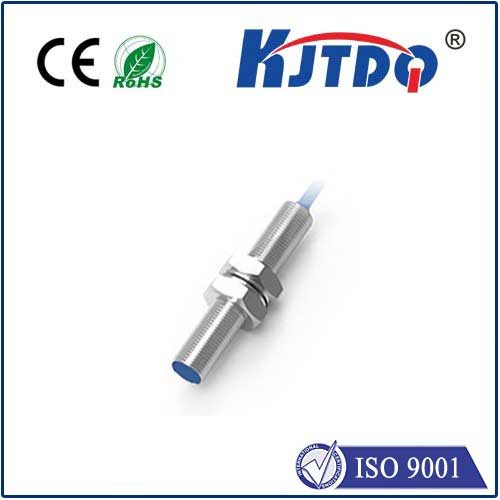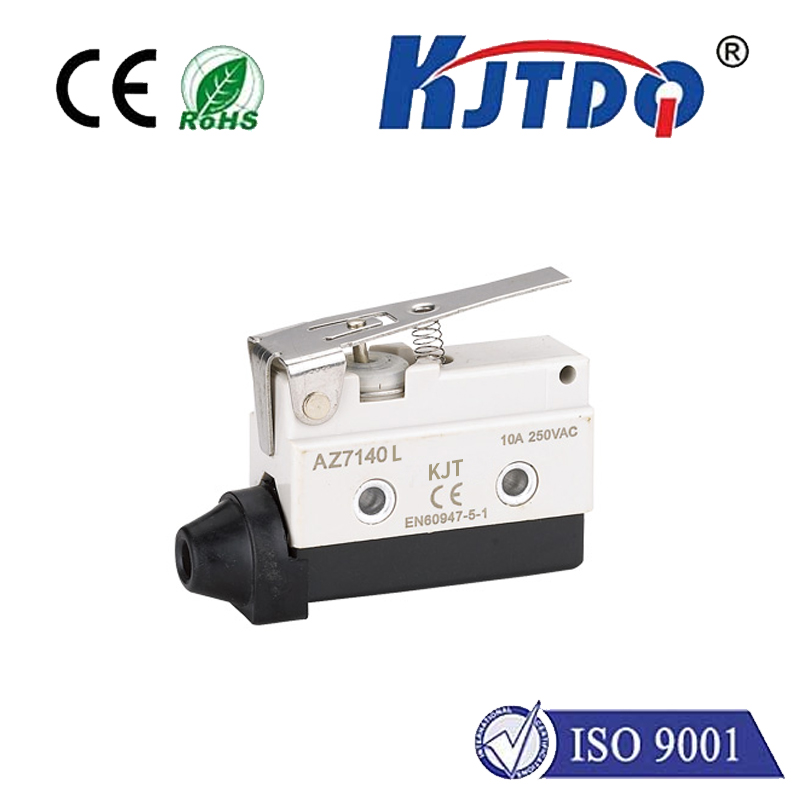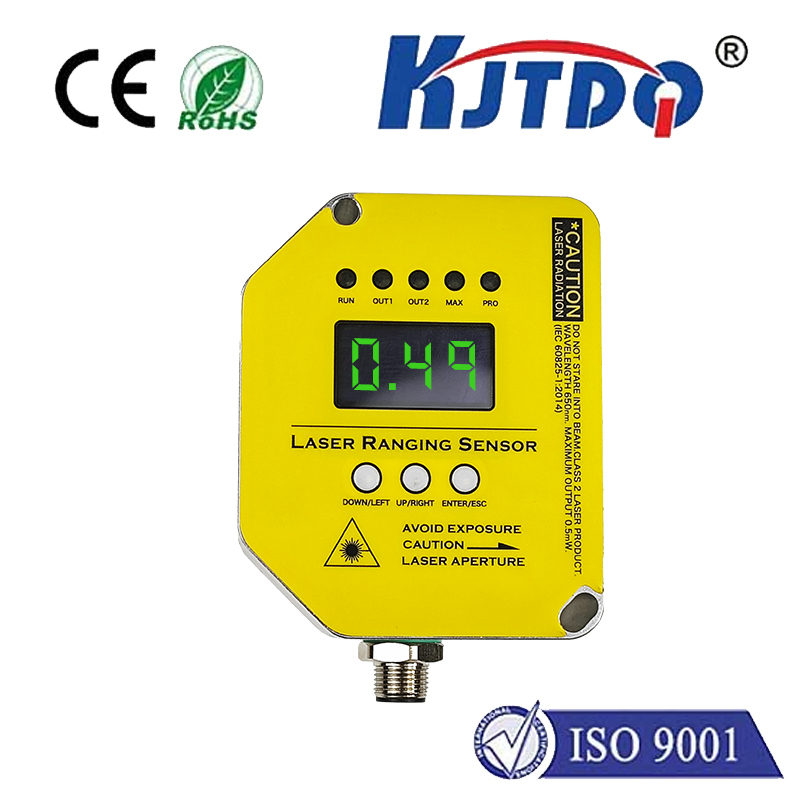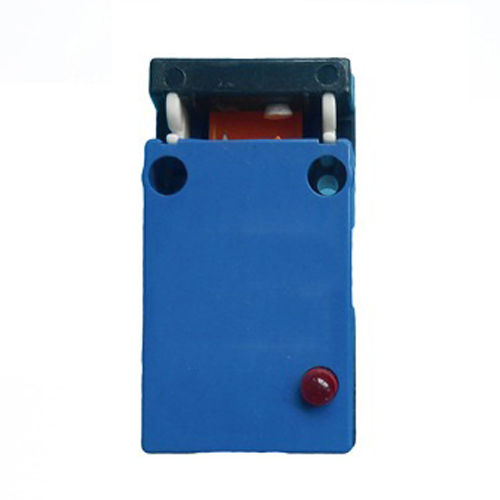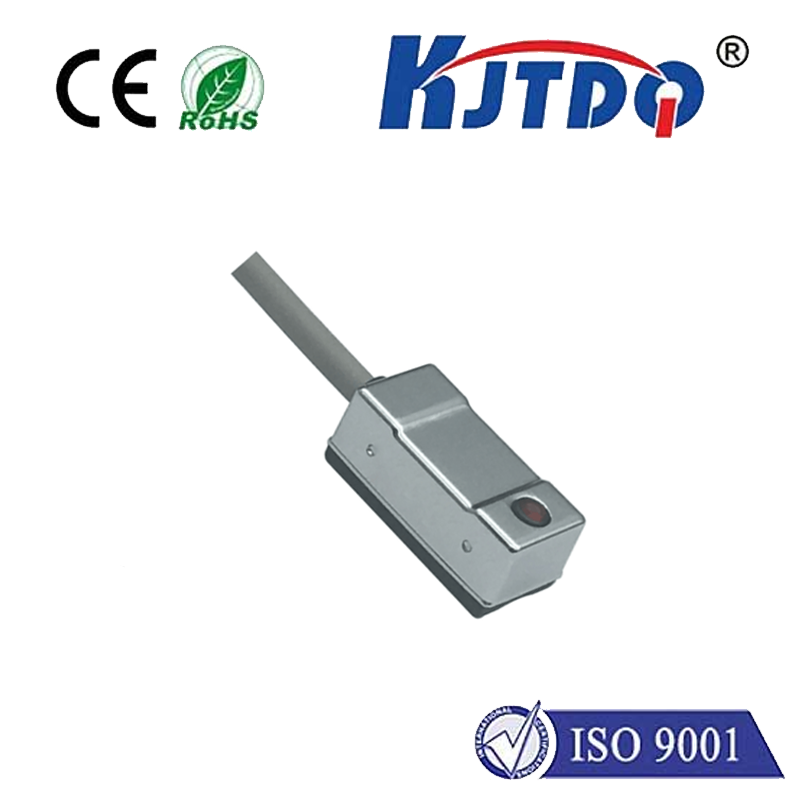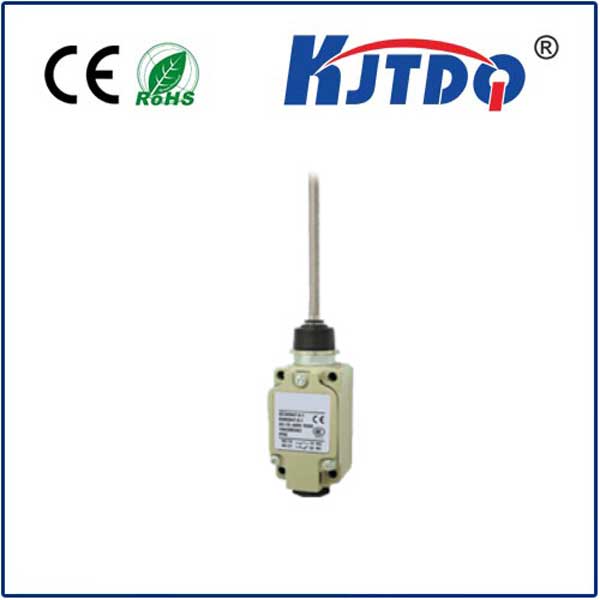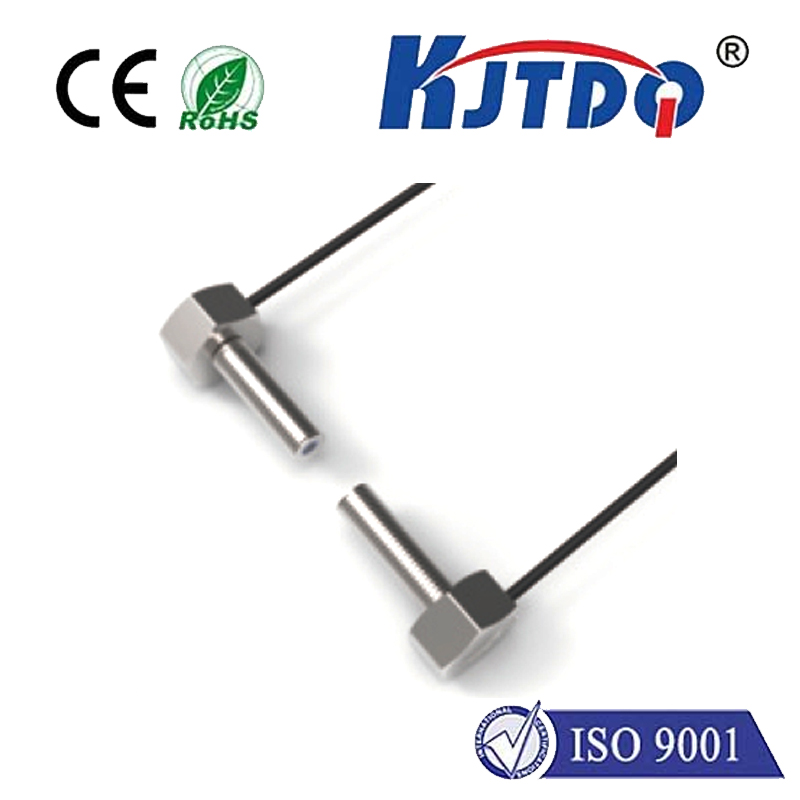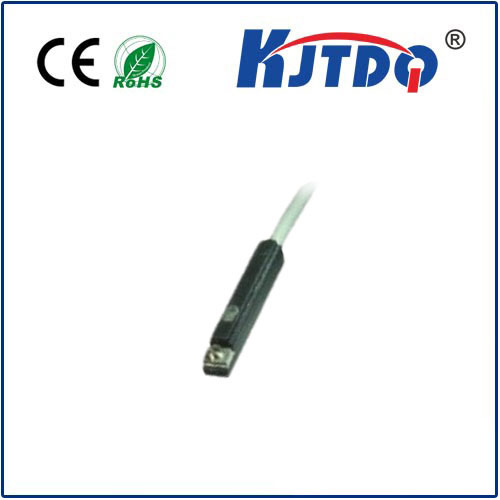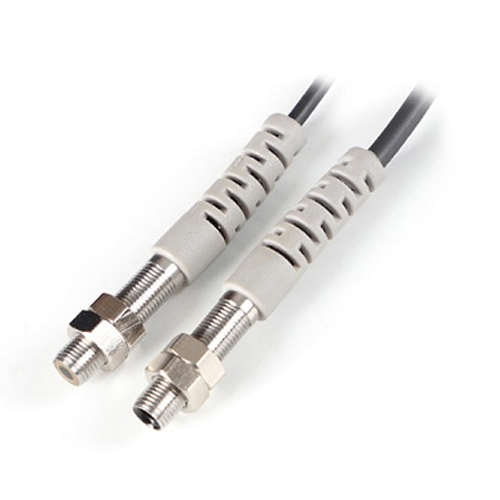lj83a-1-z/by proximity sensor
- time:2025-09-08 02:38:24
- Click:0
LJ83A-1-Z: Demystifying Proximity Sensor Performance in Modern Automation
In the unseen orchestra of modern machinery, countless silent guardians work tirelessly. Among the most crucial players are proximity sensors, diligently detecting objects without physical contact. The designation “LJ83A-1-Z/by proximity sensor” points us squarely towards one specific type of industrial workhorse: the inductive proximity sensor. This article delves into the critical role of sensors like the LJ83A-1-Z, exploring their function, key characteristics, and why they are indispensable in countless applications.
Understanding the Core: What is an Inductive Proximity Sensor?
At its heart, an inductive proximity sensor is a non-contact electronic device designed to detect the presence or absence of metallic objects. It operates on the principle of electromagnetic induction. Inside the sensor head, an oscillator generates a high-frequency electromagnetic field. When a metallic target (like steel, aluminum, brass, etc.) enters this field, eddy currents are induced on the target’s surface. These eddy currents absorb energy from the sensor’s field, causing the oscillator’s amplitude to decrease. An evaluation circuit detects this change and triggers the sensor’s output switch – typically turning a solid-state transistor ON or OFF.
Decoding LJ83A-1-Z: Key Specifications and Meaning

While “LJ83A-1-Z” likely represents a specific model code from a particular manufacturer (e.g., Omron, Schneider, Sick, etc.), the suffix “/by proximity sensor” clearly identifies its category. Breaking down typical specifications embedded in such codes:
- Inductive Principle: The initial “I” (often implied or part of a series prefix) confirms its operation relies on magnetism, making it ideal for metals.
- Connection Type & Size: The “M” suffix (common but not universal) often indicates a cylindrical threaded barrel housing. The “8” could relate to a diameter size (e.g., M8 thread = 8mm diameter).
- Sensing Distance: “3” often denotes the nominal sensing range in millimeters. For an M8 sensor, a 3mm range is standard and reliable.
- Electrical Output: “A” frequently signifies a 3-wire DC output, typically operating at 10-30V DC. This usually means a PNP (sourcing) or NPN (sinking) transistor output, providing a clean switch signal to PLCs or controllers.
- Specific Variant: The “-1-Z” likely indicates sub-variants concerning features like:
- Connection Method: “Z” might denote a pre-wired cable instead of a connector.
- Output Configuration: PNP Normally Open (NO) is most common, but Z might specify PNP NC or NPN.
- Special Features: Enhanced environmental protection (like IP67 rating), specific temperature range tolerance, or shielded vs. unshielded design. Shielded (flush-mountable) sensors (like what LJ83A-1-Z often implies) allow installation flush with metal surfaces, while unshielded sensors offer slightly longer ranges but require clearance.
Why Choose an Inductive Proximity Sensor (Like LJ83A-1-Z)?
Sensors like the LJ83A-1-Z are the backbone of factory automation for compelling reasons:
- Robustness & Reliability: Designed for harsh industrial environments. Their solid-state design has no moving parts, leading to high resistance to vibration, shock, dust, and moisture. IP67 or IP68 ratings are common, meaning they withstand washdowns and immersion.
- Non-Contact Operation: Eliminates wear and tear on both the sensor and the target, ensuring long service life and minimal maintenance needs.
- High Switching Speed: Capable of detecting targets moving at high speeds – crucial for high-cycle automation lines, counting applications, and high-speed positioning.
- Insensitivity to Surface Conditions: Typically unaffected by target surface dirt, oil, or water (unlike optical sensors), making them ideal for dirty or wet applications (foundries, machining, packaging).
- Cost-Effectiveness: Offer excellent performance and durability for their price point, providing high value.
Practical Applications: Where LJ83A-1-Z Sensors Shine
The versatility of inductive proximity sensors like the LJ83A-1-Z translates into widespread use:
- Object Detection & Presence Verification: Confirming parts are present on a conveyor, pallets are in position, or tools are correctly loaded.
- Position Sensing & End-of-Travel Detection: Determining if a cylinder is fully extended or retracted, or if a linear slide has reached its limit. (Key for machine safety and sequence control).
- Counting & Sorting: Accurately tallying products passing a point on a line or triggering sorting mechanisms based on presence.
- Speed Monitoring: Measuring the rotational speed of gears or shafts by counting passing teeth (requires a ferrous target).
- Level Detection: Monitoring fluid levels in tanks by detecting the presence/absence of a metallic float.
- Machine Safety: Acting as part of safety interlock systems, ensuring guards are closed before machinery starts.
Optimizing Performance with LJ83A-1-Z
To get the best from your proximity sensor:
- Select the Correct Sensing Range: Factor in mounting constraints and required detection distance. An LJ83A-1-Z’s 3mm range needs the target within 0-3mm of the active face.
- Understand Shielded vs. Unshielded: Use shielded (flush-mountable) sensors (typical for LJ83A-1-Z) when mounting flush in metal brackets. Use unshielded if you need the extra range and have sufficient surrounding metal clearance.
- Choose the Right Output (PNP/NPN): Match the output type (PNP = positive switching, NPN = negative switching) to your controller’s input requirements.
- Mind the Environment: Ensure the sensor’s temperature rating and IP protection level (e.g., IP67) are suitable for the application environment – temperature extremes, splashing coolant, dust, etc.
- Installation Precision: Mount securely. Ensure consistent target approach perpendicular to the sensing face for reliable operation. Maintain the specified nominal sensing distance considering any operational tolerances.
The Unseen Enablers of Industry
The LJ83A-1-Z inductive proximity sensor exemplifies a critical component category in industrial automation. Its durability, reliability, non-contact nature, and versatility make it an essential solution for countless detection, positioning, safety, and control tasks. Understanding its operating principle, specifications (like the implied 3mm range, M8 size, PNP output), and key features (shielding, environmental rating) is fundamental to selecting and deploying these sensors effectively. As automation evolves, robust and dependable components like the inductive proximity sensor remain vital for ensuring efficient, safe, and uninterrupted production, quietly enabling the world of modern manufacturing and beyond, one metallic object detection at a time.







